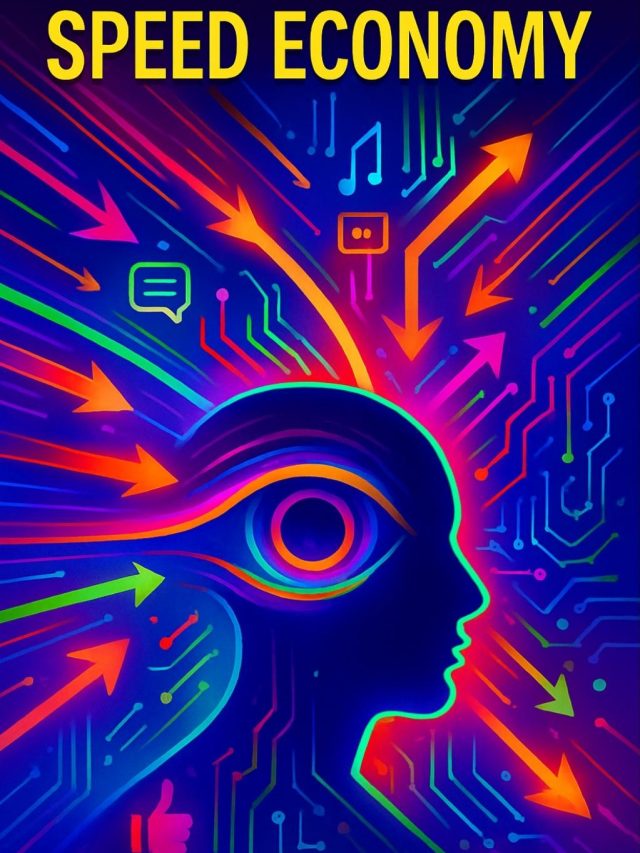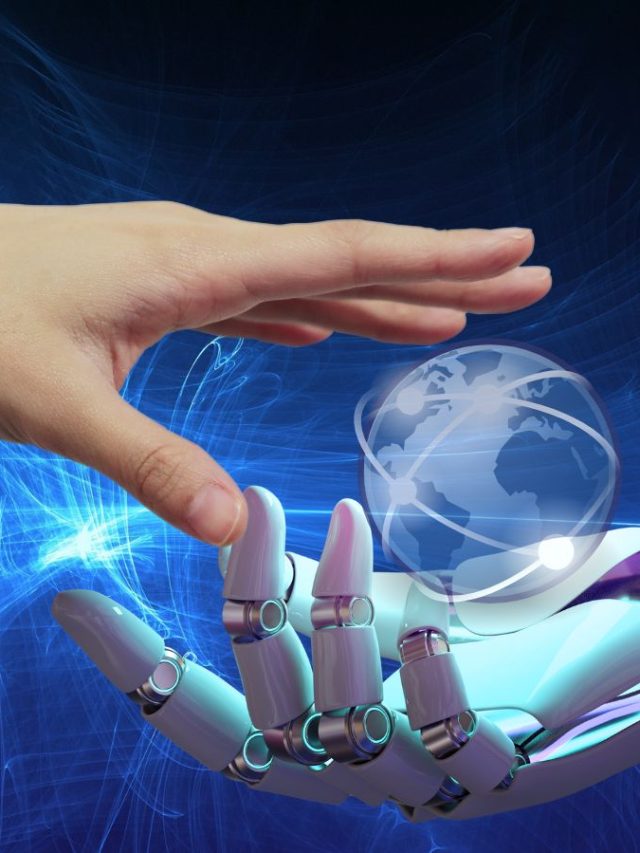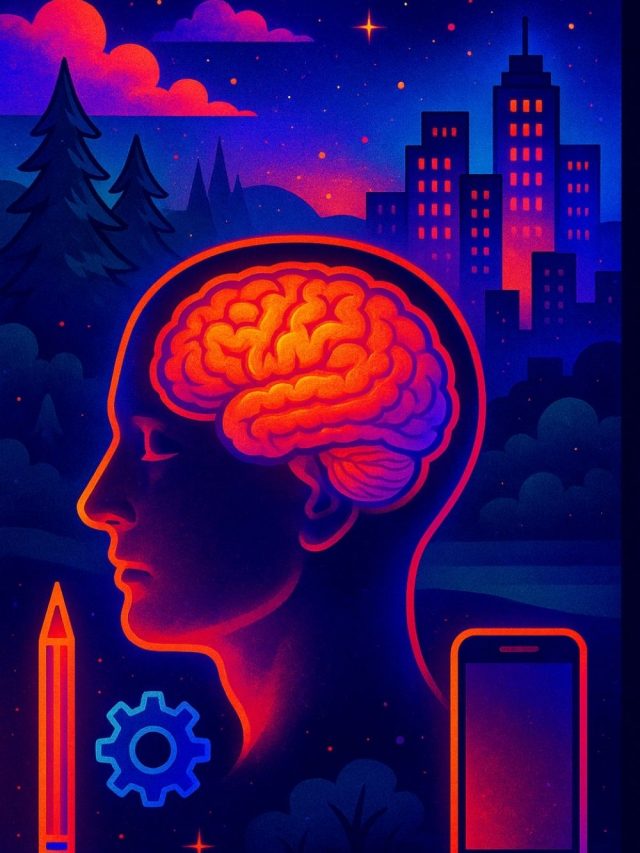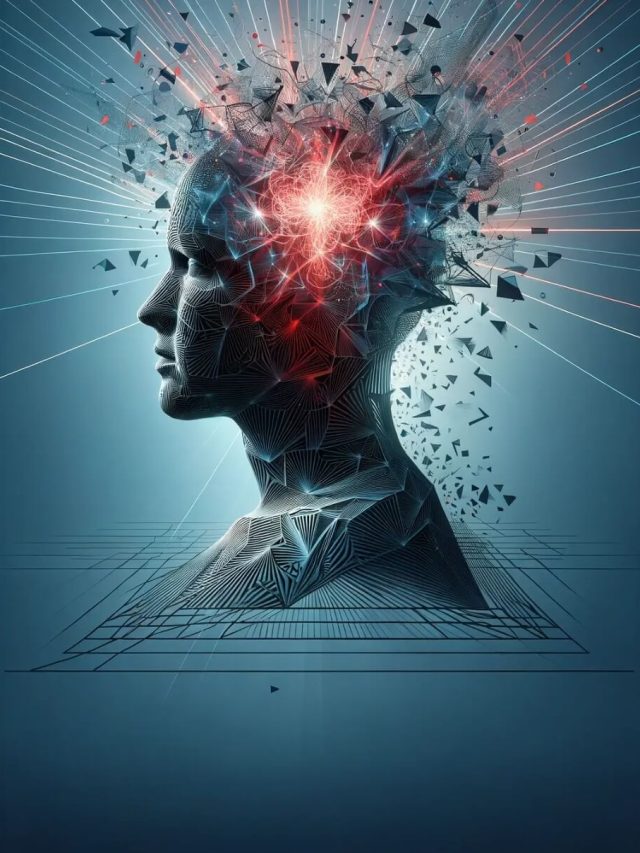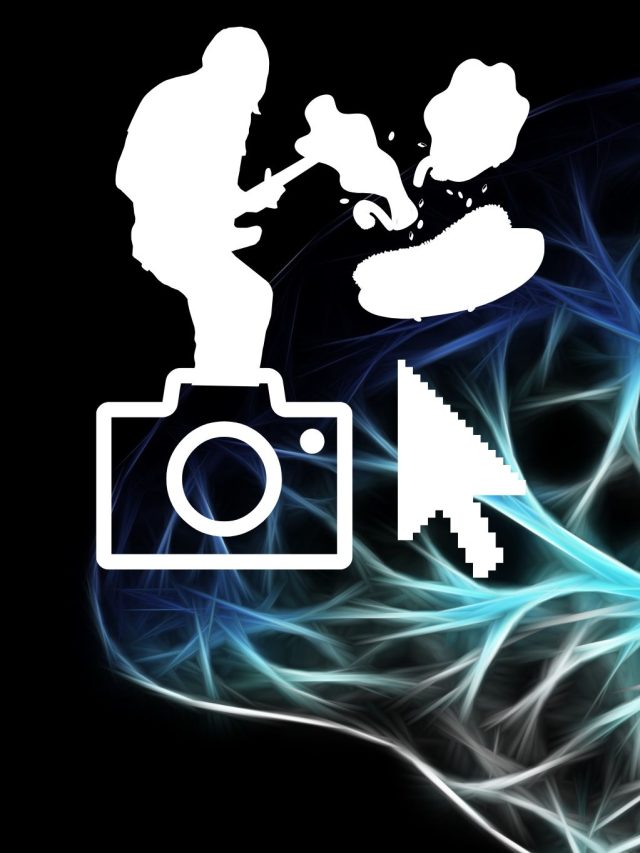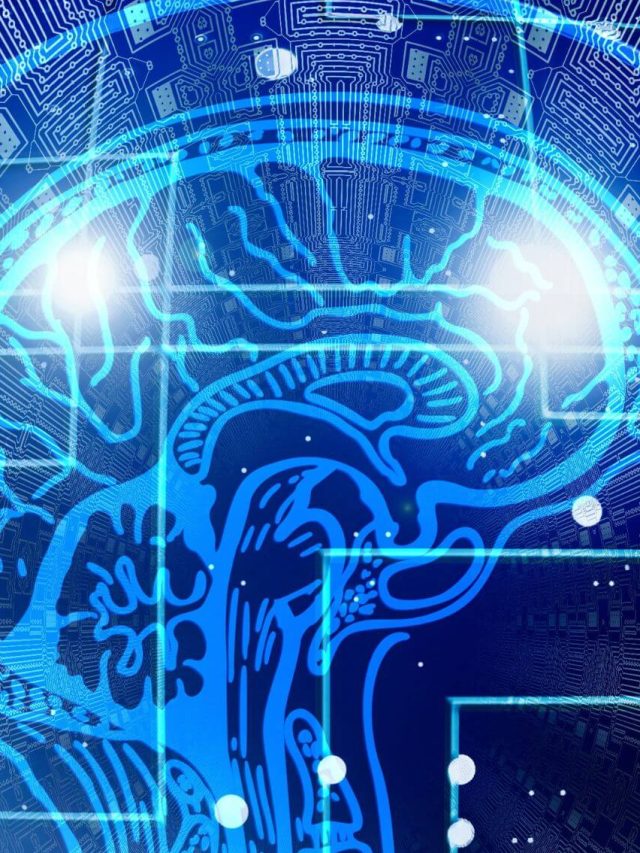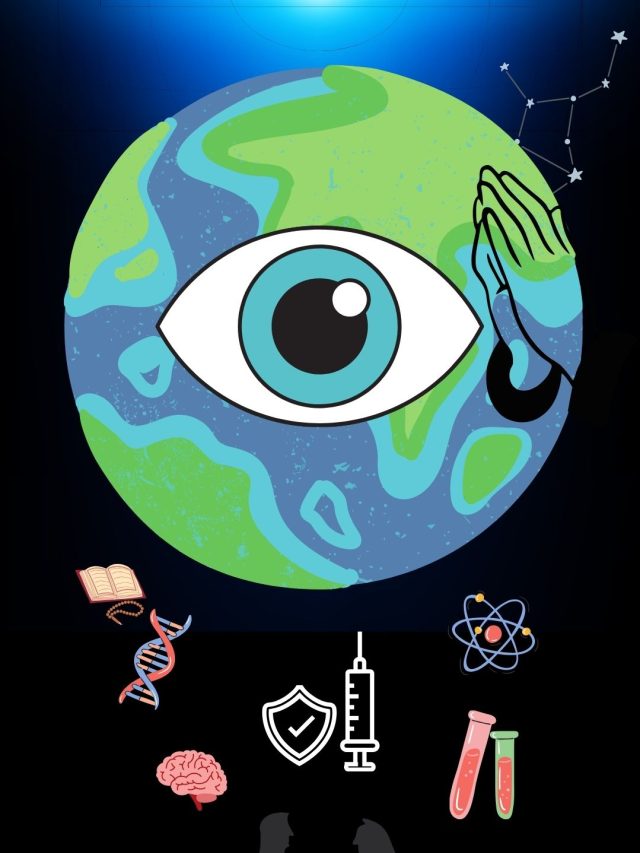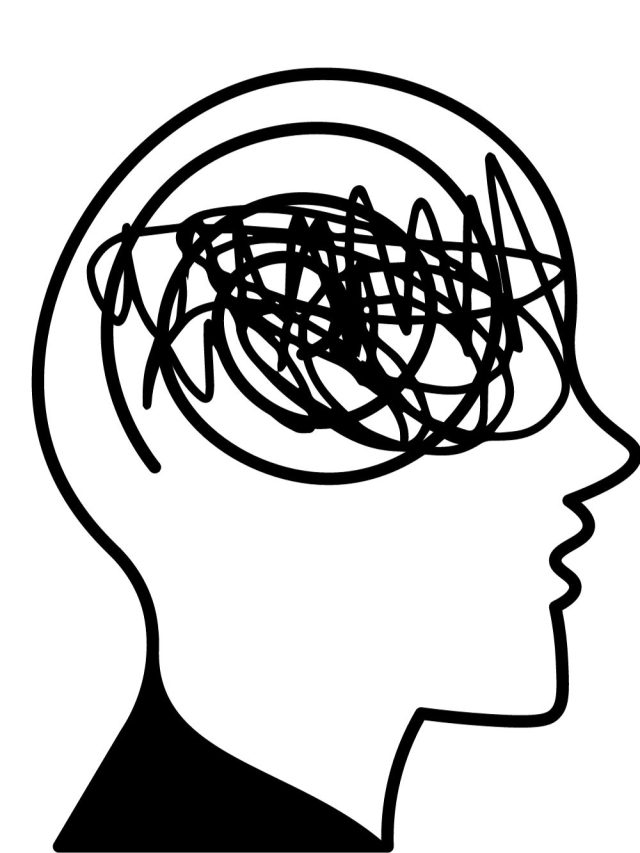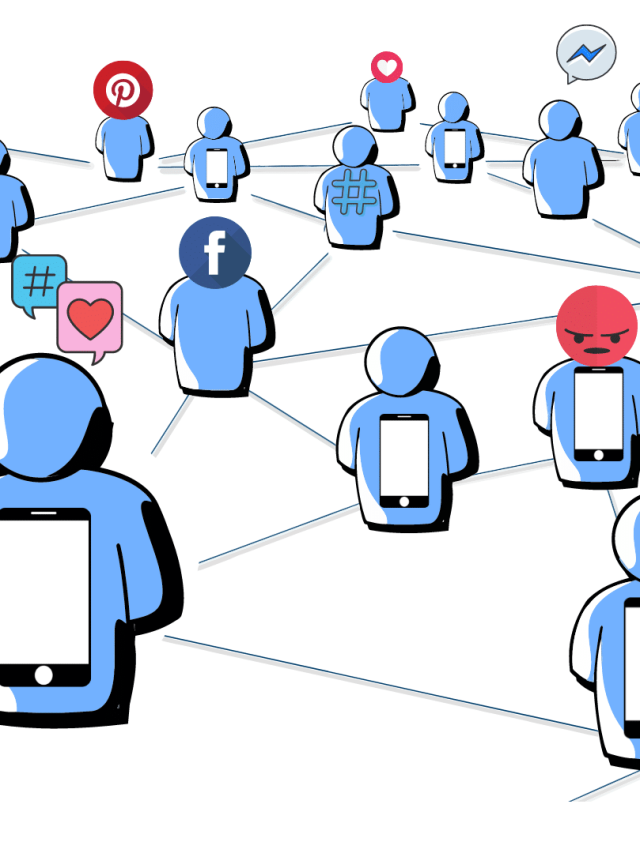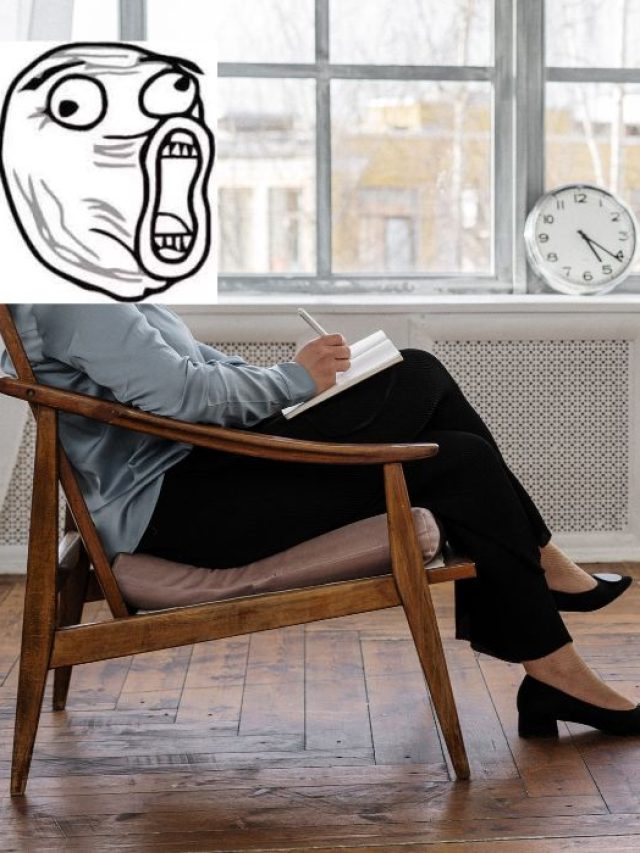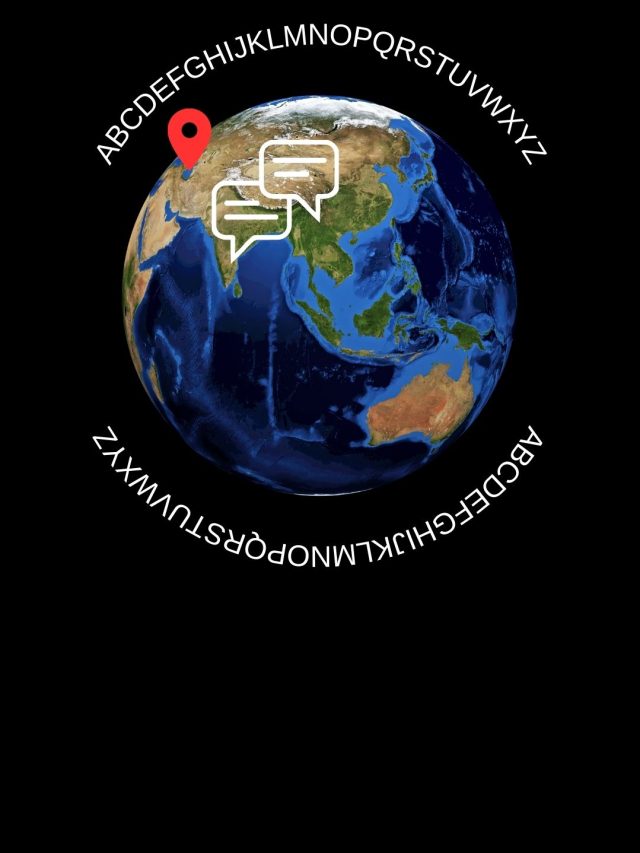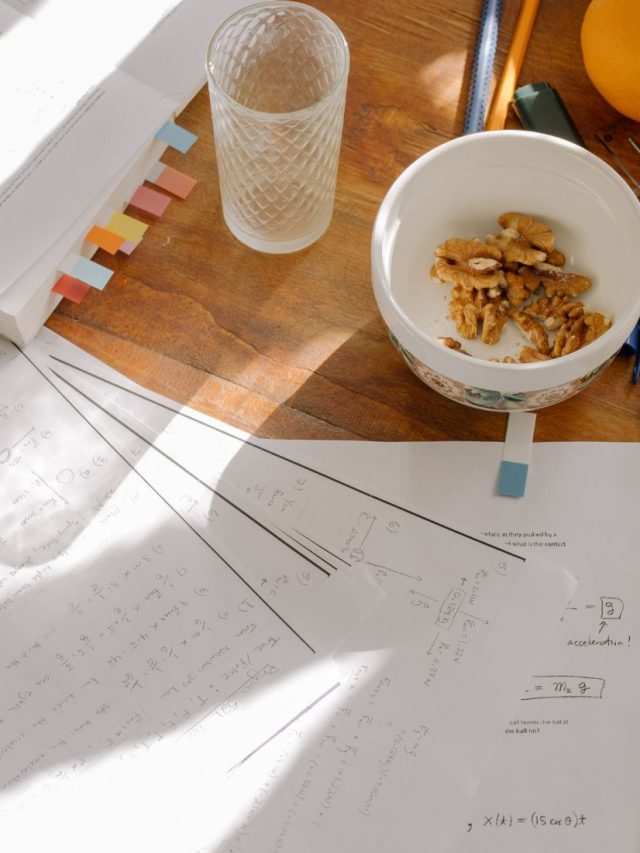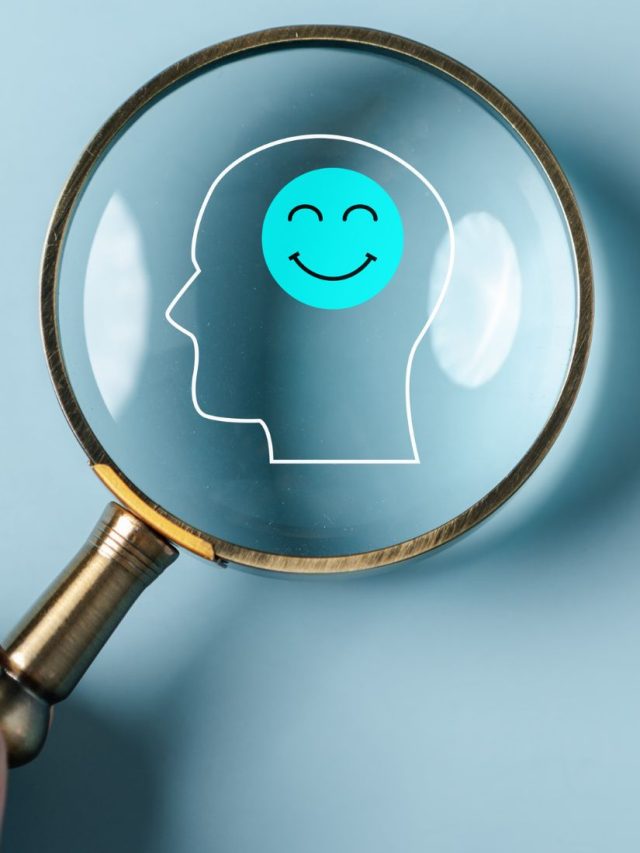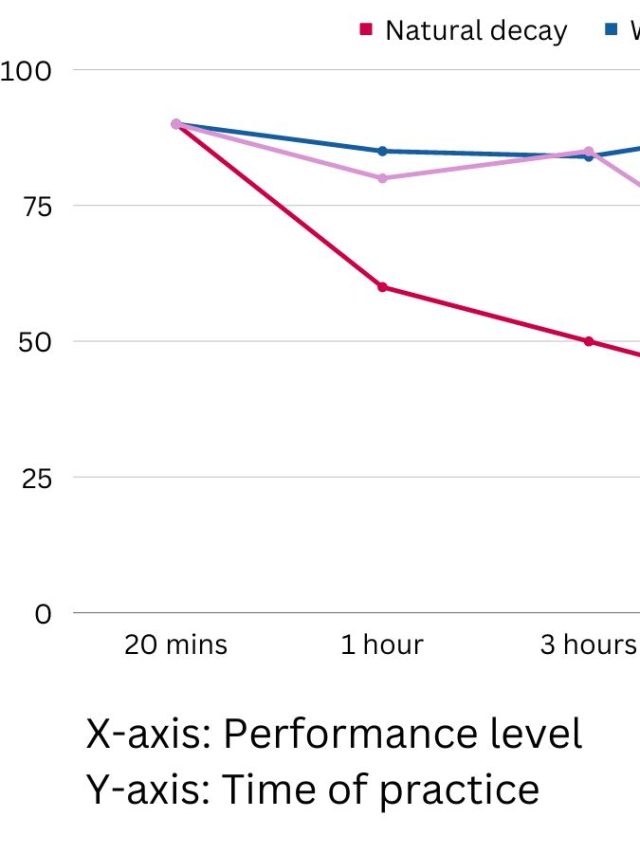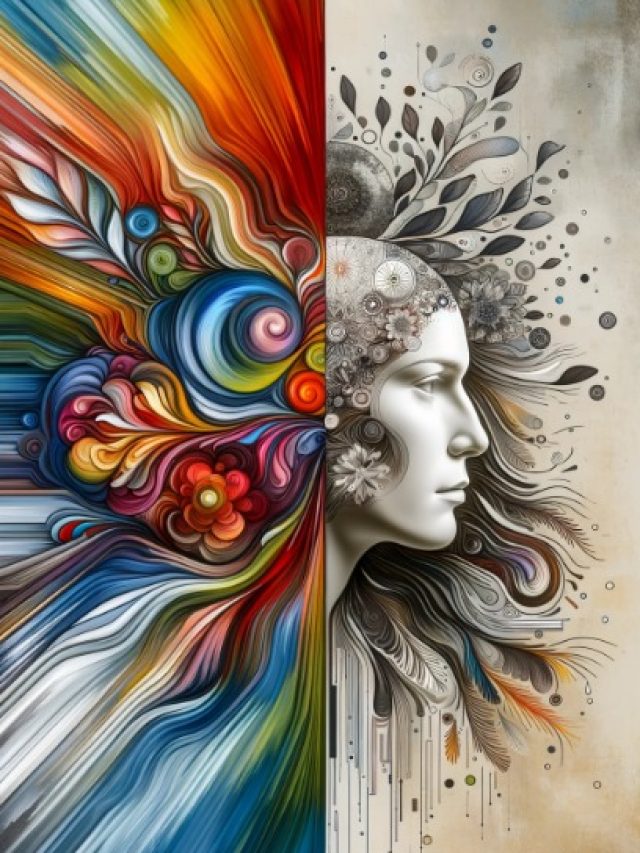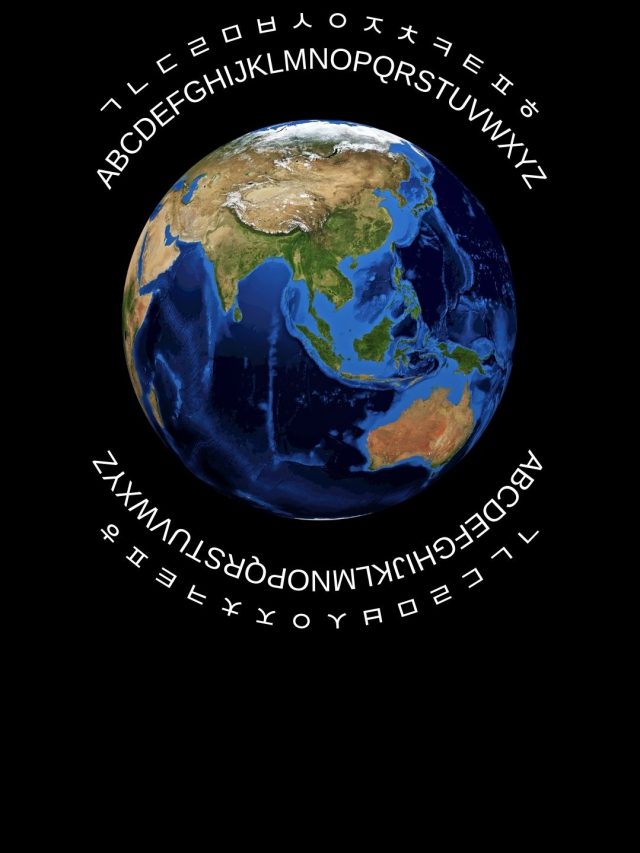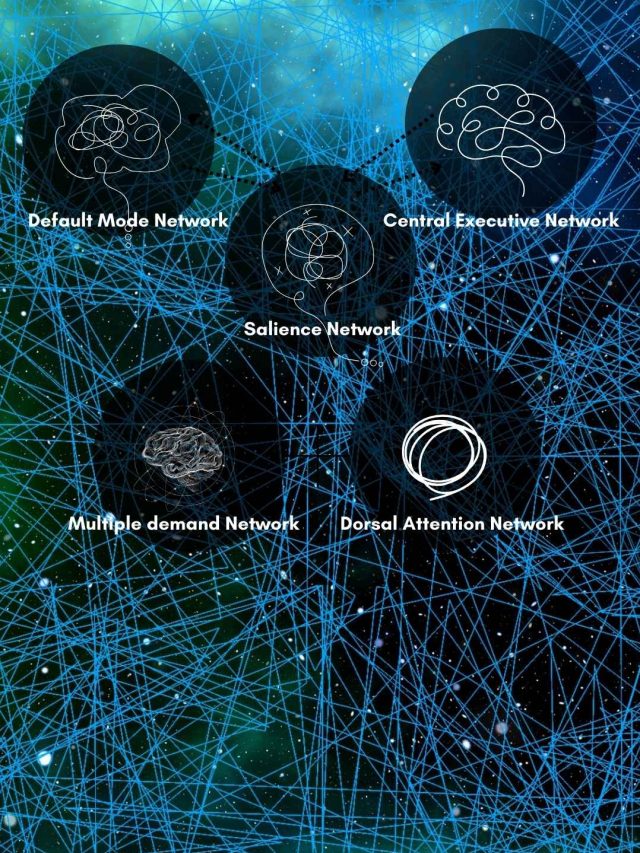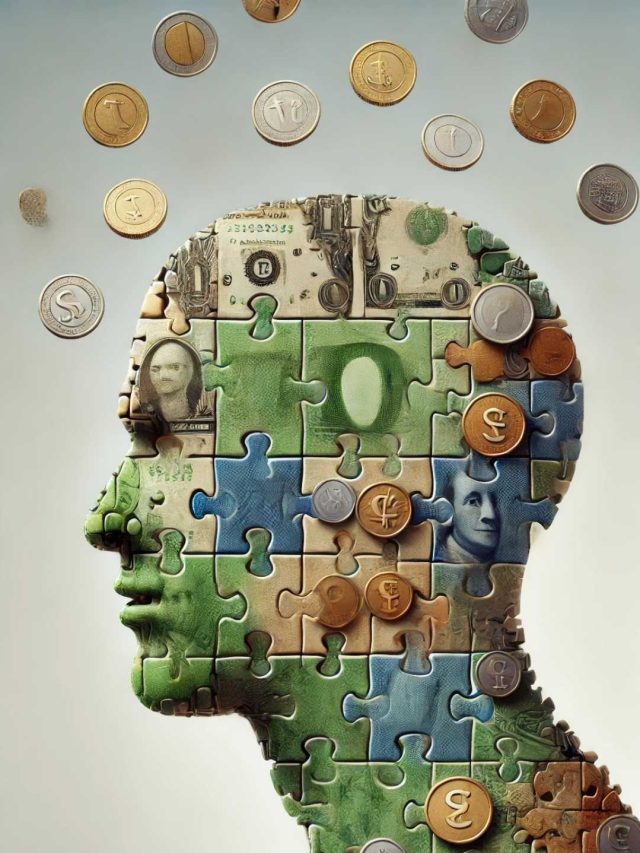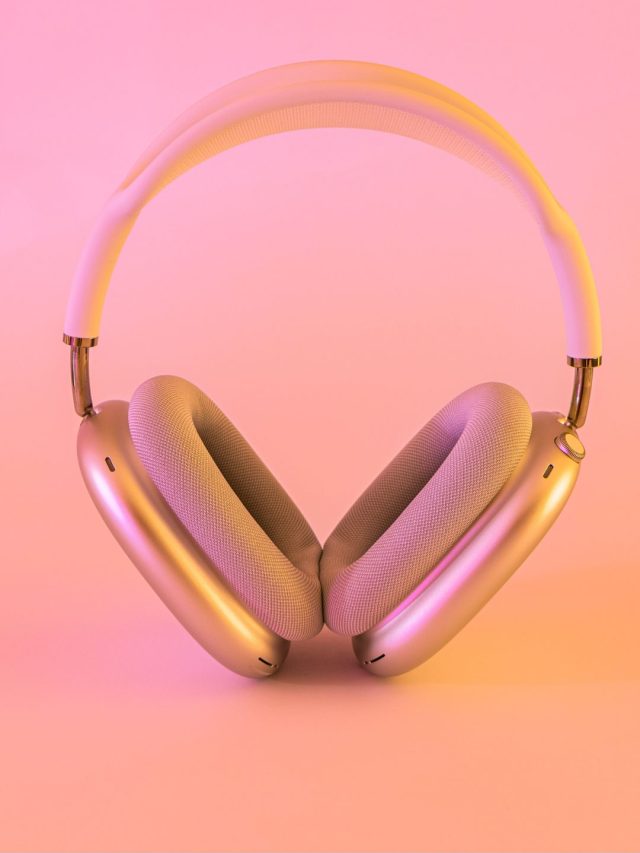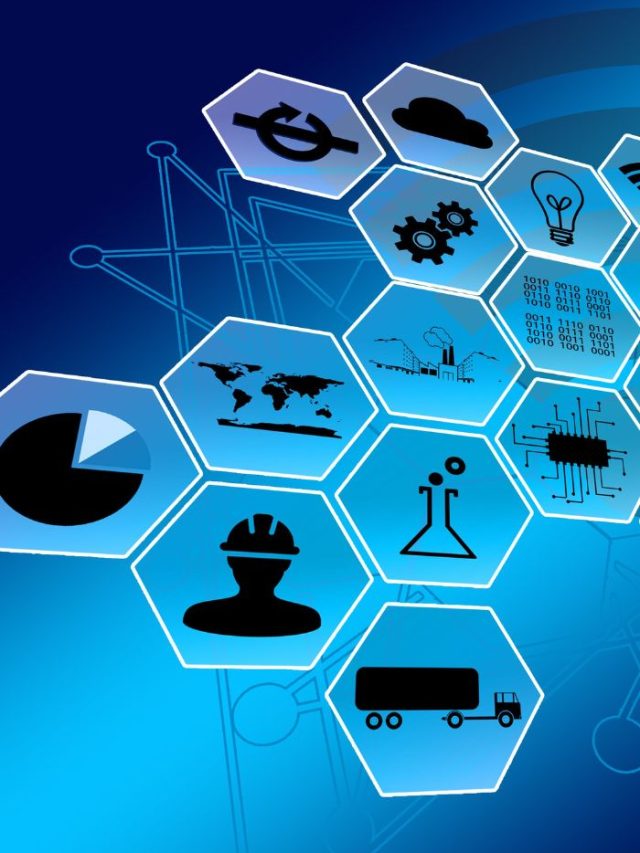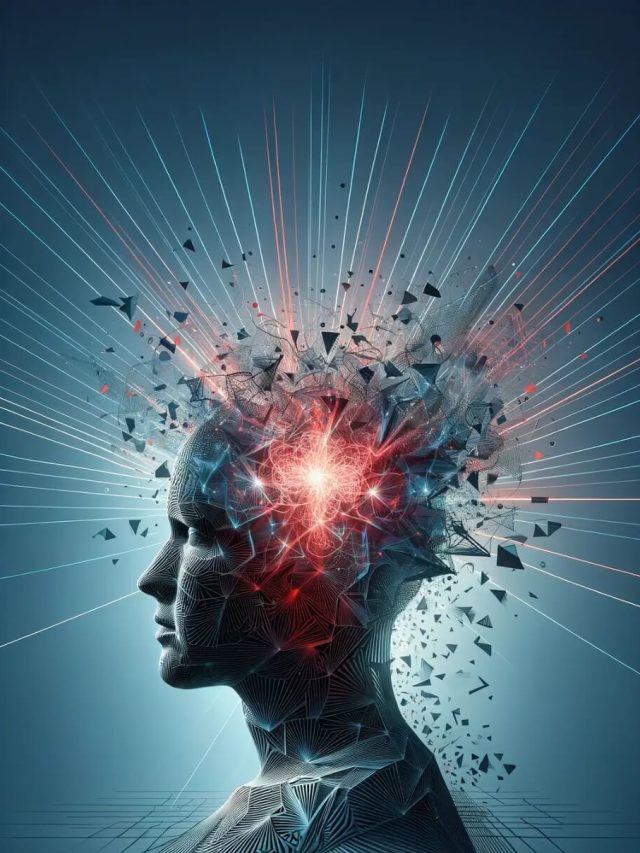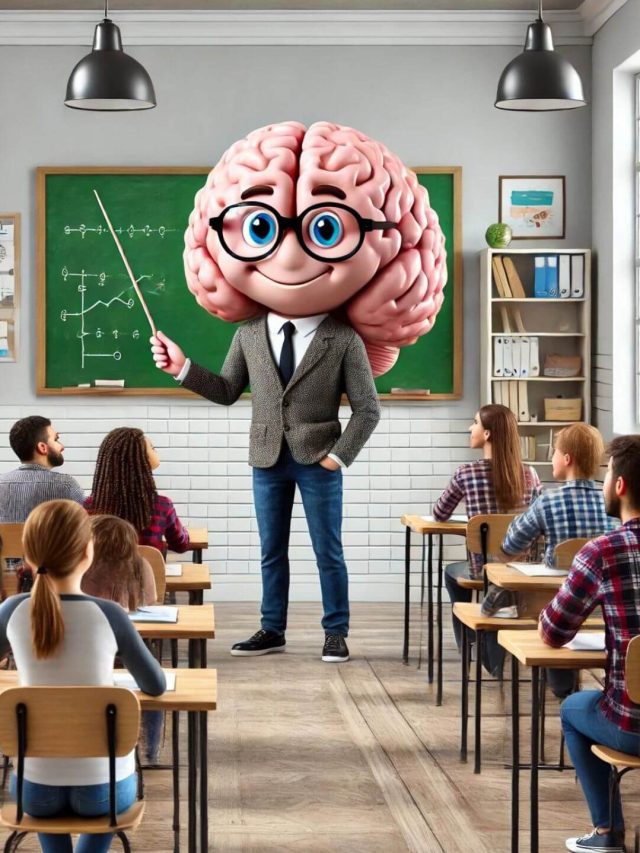What is the worth of a particular product, deliverable, or skill? The answer will soon depend a lot on the “beauty” inside a product & the beauty embedded in the skill. That is, if your work output is beautiful, you win. If not, you lose. AI was a disruptor in the tech sense, but it has become one of the new great equalizers of productivity. And that has forced a need on society to figure out a new way to evaluate the worth of productivity.
So, what should you do to make your work output more valuable? Make it beautiful.
The pretty privilege
There is a popular concept known as pretty privilege or the beauty premium, which describes our tendency to pay more for pretty objects, treat good-looking people better, and think good-looking things are just better than equally useful but ugly things.
In this post, I’m going to extend the PP concept to beauty in skill, products, & productivity.
My claim – Beauty is the heuristic to judge quality
Here’s why I make the claim that beauty in work output will fetch more money than perfectly acceptable deliverables without beauty.
- Economic systems force us to assign value to work done. Value must be assigned to the output.
- Value is difficult to attach to human productivity because the speed at which we do things has dramatically changed, and expertise is often needed only in a small portion of work. AI tools have theoretically up-skilled many office workers to a higher “average”. So, the bare minimum is very easy to achieve, and most people can, if they choose to.
- This creates a problem – what aspect of work should be judged to pay for that work? Time doesn’t work because a prompt can do hours’ worth of work in some cases. Education years don’t work because access to knowledge is democratized and also often unrelated to work. Economics needs a new variable to use as a metric for value.
- Beauty is a timeless candidate. Since economics is defined as a system that exchanges value between people, value can latch on to the sensory, emotional, and cognitive aspects of an output. AKA, different forms of beauty contained within work.
The new heuristic* for evaluating the quality of work is beauty and elegance in the work. We need to give others something new to evaluate if the work is done with widely accessible AI systems.
*Beauty, as a heuristic, is a shortcut to evaluate work.
Why plain productivity alone isn’t enough
Right now, a $25 subscription to ChatGPT can pretty much make the user a powerful creator. More people are writers, coders, artists, and strategists because of genAI tools, such as ChatGPT, or any of the specialized tools like Sora and Codex.
The speed at which tasks are completed is higher today, except in cases where expert intervention is needed because of the standard ID10-T error. The AI tools that gave this speed also devalued the effort needed.
The question that begs an answer is this – If different people with different skills get similar amounts of work done with the help of AI, reasonably fast, and reasonably well, how do you differentiate which work is worth more or worth less?
When two equally viable agencies compete for a job, clients almost always gravitate toward the more beautiful solution, assuming similar pricing.
We’ve reached a point where speed-based decision-making is already highly valued (a part of the speed economy we live in). When it is speed that is prioritized, our judgments are formed on things that can be evaluated quickly, such as beauty. Beautiful aspects of something – like the visual beauty of a restaurant or a beautiful thought – stand out and we assign value based on the beauty of the work and not just the work. Beauty substitutes and crowds out the core work when we have to assign value quickly.
The Aesthetic-Usability Effect
Researchers at Hitachi, Tokyo[1] found out that people find beautiful designs more intuitive than non-beautiful designs. They gave participants beautiful and non-aesthetic UX designs and measured mobile app usability. Participants were more willing to use the good-looking interface. They concluded that the usability of the app is more related to the app’s beauty than to the actual usability of the app. Here, too, beauty crowds out the core functions of the app. Value is assigned to how beautiful it is.
Beauty is a substitute to judge value
Beauty judgments require thought processing[2] and involve effortful evaluation; however, there is a component of pleasure in this judgment. In contrast, evaluating non-beautiful does not have the pleasure component, yet it has the same drawback of mental effort. This makes beauty within productivity a powerful substitute for productivity itself while assigning value to productivity.
Plus, humans have visual precedence, meaning visual information is prioritized and is evaluated faster and more deeply. This makes visual beauty a top priority in productivity. If it looks beautiful, people will judge the beauty, not its contents, to decide its worth.
Simply put, beauty judgments make assigning value to work more pleasurable.
If work is easy to understand, it’s naturally more beautiful
There is one more clear advantage to focusing on beauty. The easier something is to process, the more we find it beautiful[3]. Processing fluency – usually achieved by making your work appear easy and making it easy to understand – will increase the “beauty” in work. Apply this finding to your work – if you try to make your work output easy to understand and give it a good structure, others will see the beauty in it, which will fetch you the extra premium. Pursuit of beauty in your productivity will naturally make your work more productive.
To future-proof your work, consider beauty as the key factor that will make other people see value beyond the basic “utility” and “fixes”.
6 beauties that become the heuristic of value
- Natural beauty – we generally don’t create this, we just preserve it by having access to natural objects like stars, mountains, rivers.
- Artistic beauty – we create this with various art forms.
- Ethical beauty – we value this form because it is about how humans think, show empathy, and show kindness. These are emotionally valuable thoughts and decisions that can be a part of any work.
- Cognitive beauty – these are generally technological and skillful innovations that make the world better through elegant algorithms, new ideas, and new user experiences. How people think about problems and come up with solutions also contains cognitive beauty.
- Wabi-Sabi – this form of beauty is about the errors and imperfections humans create that make things feel organic.
- Narrative beauty – humans love cohesion and stories, even if they are fiction. We actively seek this to build brands and relationships. In fact, this form of beauty is closely tied to the identity of a product and skill.
Here’s a general idea of how these beauties can be incorporated into productive output.
| Productive output | Valuable aspect | Type of Beauty |
|---|---|---|
| Text content | Breaking language rules for creativity | Artistic beauty, Cognitive beauty |
| Marketing strategy | Well thought-out imagination and visual layout that simplifies | Narrative beauty |
| Programming | Clever bug fixing without re-writing the code base on a live product | Wabi-Sabi |
| Consulting proposal drafting | Empathetically covering social factors and people’s perceptions | Ethical beauty |
| Video & Photography | Showing a new perspective on natural phenomena by going where others have not. | Natural beauty |
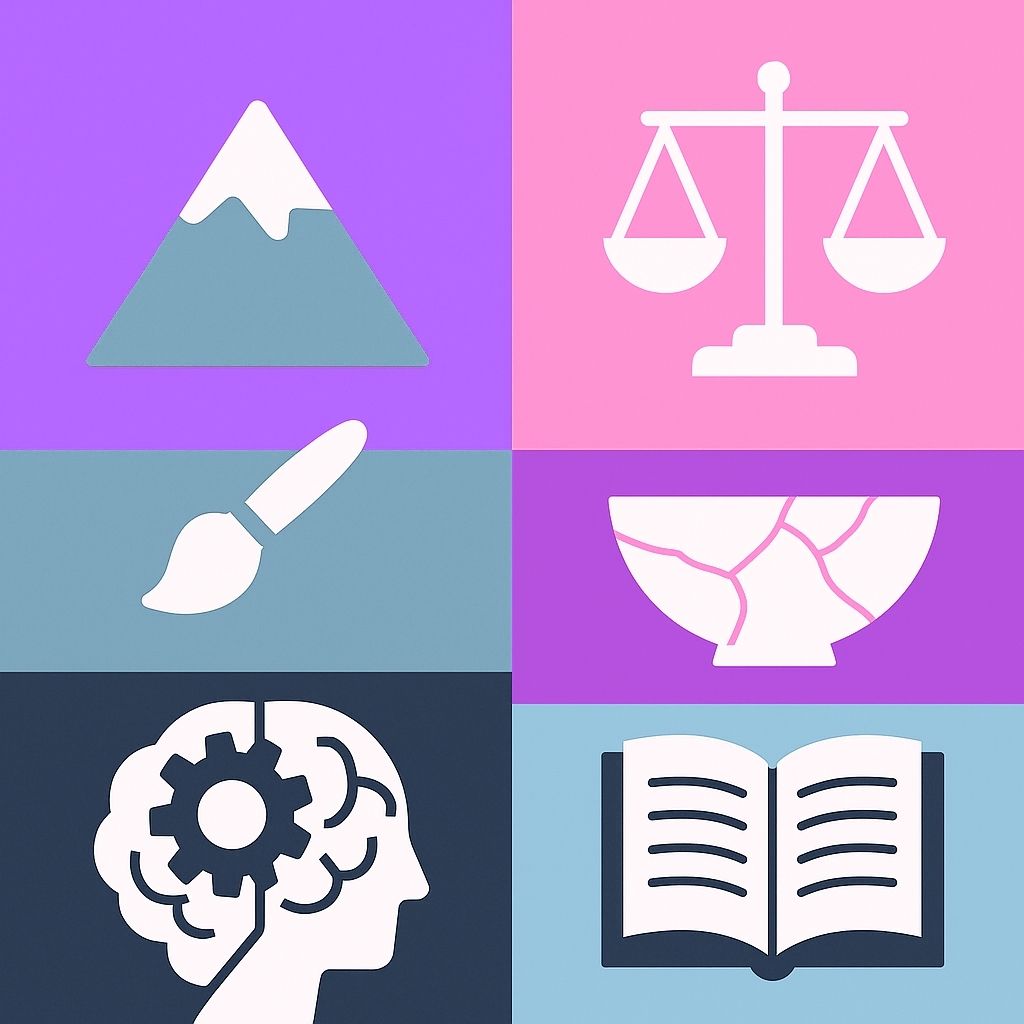
If any of these beauties exist in your work, your work will command more value. Regardless of AI equalizing the ability to create output in any similar work task.
Takeaway
Make your work beautiful. If it already is, bring it to the attention of the one who pays you.
The new heuristic for evaluating the quality of work is beauty and elegance in the work. We need to give others something new to evaluate if the work is done with widely accessible AI systems. Share on XCall-to-action: In your next work deliverable, ask yourself, “Is there any beauty in it”? If there isn’t, add it.
Sources
[2]: https://www.cell.com/current-biology/fulltext/S0960-9822(17)30427-X
[3]: https://journals.sagepub.com/doi/10.1207/s15327957pspr0804_3

Hey! Thank you for reading; hope you enjoyed the article. I run Cognition Today to capture some of the most fascinating mechanisms that guide our lives. My content here is referenced and featured in NY Times, Forbes, CNET, and Entrepreneur, and many other books & research papers.
I’m am a psychology SME consultant in EdTech with a focus on AI cognition and Behavioral Engineering. I’m affiliated to myelin, an EdTech company in India as well.
I’ve studied at NIMHANS Bangalore (positive psychology), Savitribai Phule Pune University (clinical psychology), Fergusson College (BA psych), and affiliated with IIM Ahmedabad (marketing psychology). I’m currently studying Korean at Seoul National University.
I’m based in Pune, India but living in Seoul, S. Korea. Love Sci-fi, horror media; Love rock, metal, synthwave, and K-pop music; can’t whistle; can play 2 guitars at a time.


